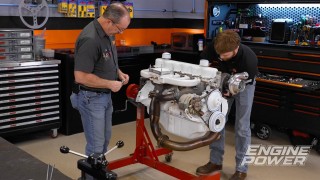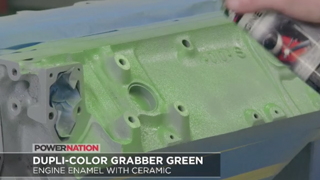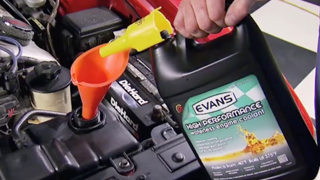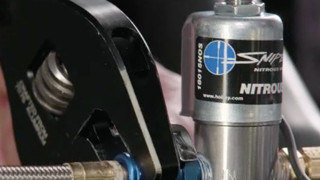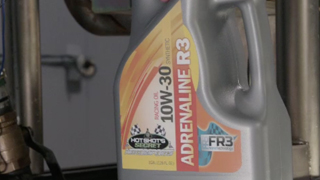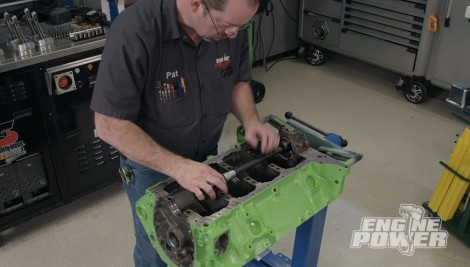
How Much Nitrous for 720HP in a Small Block?
Searching for more power, let’s add Nitrous and see what happens when our Chevy small block gets on the bottle!
Season 6
Episode 9
Hosts: Mike Galley, Pat Topolinski
First Air Date: April 14, 2019
Duration: 20 minutes 22 seconds









